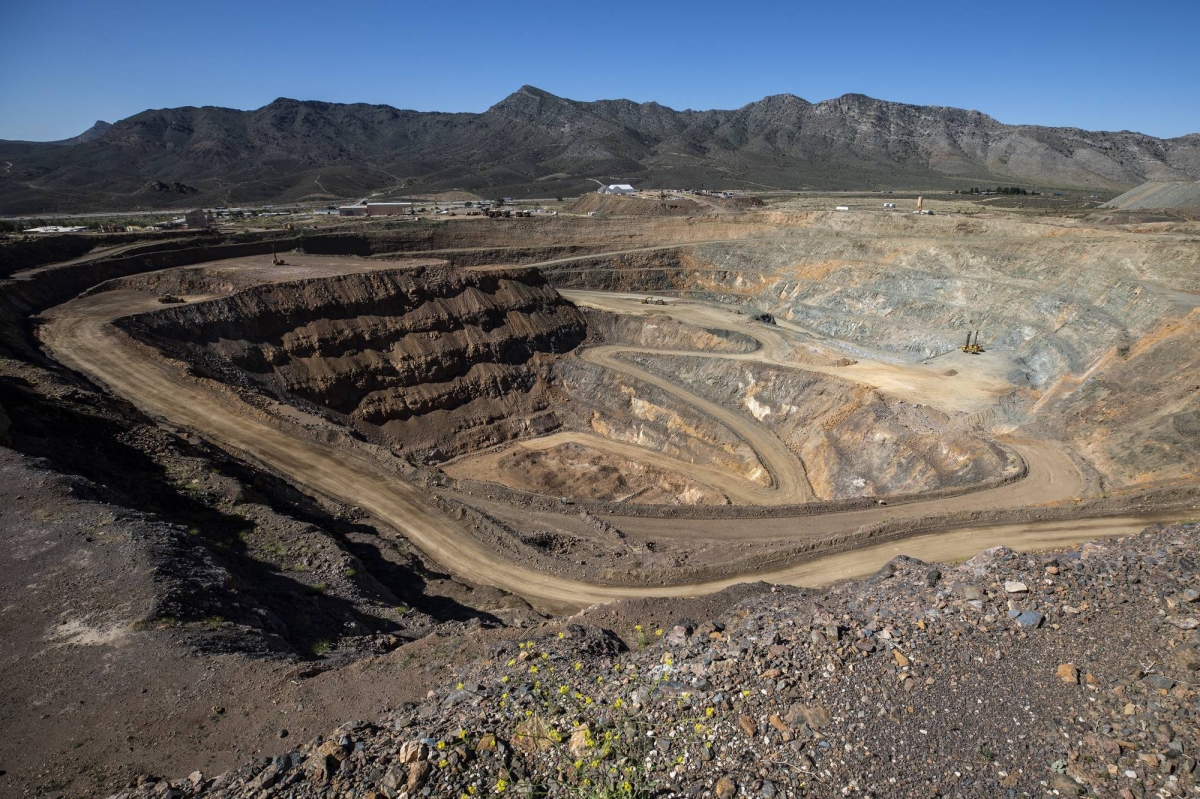America Ramps Up Rare Earth Race to Challenge China’s Global Grip
America Ramps Up Rare Earth Race to Challenge China’s Global Grip
By
Junia Wells
Last updated:
October 21, 2025
First Published:
November 30, 2025

Photo: The Japan Times
For decades, China has dominated the global rare earth supply chain, controlling more than 70% of global production and nearly 90% of the world’s processing capacity. These minerals—17 elements critical to advanced technology—are the backbone of industries ranging from electric vehicles and semiconductors to fighter jets and renewable energy systems.
But as geopolitical tensions rise, the U.S. is intensifying efforts to loosen Beijing’s stranglehold, pushing for a secure and self-sustaining domestic supply chain.
U.S. Rare Earth Stocks Surge Amid Policy Shifts
On Monday, U.S.-listed rare earth companies saw a sharp rally, fueled by optimism over new government initiatives aimed at reshaping the sector.
- NioCorp Developments Ltd. led the surge with shares jumping nearly 20%.
- USA Rare Earth rose 14%,
- Energy Fuels Inc. gained 7%,
- Perpetua Resources advanced 7.3%, and
- MP Materials, the largest rare earth miner in the U.S., added 2.4%.
Even Canadian-based Lithium Americas climbed 3%, underscoring how investor sentiment has shifted toward North American producers.
These movements followed the announcement of a U.S.-Australia joint venture, signed by President Donald Trump and Prime Minister Anthony Albanese, pledging billions in investment toward developing a non-Chinese rare earth supply chain. The deal is designed to enhance resource exploration, establish local refining facilities, and ensure stable supply for critical sectors like defense and clean energy.
Washington’s New Industrial Strategy
In an exclusive interview with CNBC, U.S. Treasury Secretary Scott Bessent revealed that the administration plans to introduce price floors for several key industries—including rare earths—to prevent what he described as “market manipulation by China.”
The move reflects Washington’s broader strategy to revitalize domestic manufacturing and reduce vulnerability to global disruptions. Similar measures are being seen across strategic sectors such as steel, semiconductors, and green energy materials.
The Department of Defense already took a major step in July, signing a deal with MP Materials that includes a government equity stake, price guarantees, and a long-term offtake agreement—a clear signal of federal commitment to rebuilding supply resilience.
Analysts expect more miners will soon receive government backing. William Blair & Company recently initiated coverage on USA Rare Earth with an “outperform” rating, anticipating the firm could become a direct beneficiary of Washington’s next investment phase.
Strategic Importance of Rare Earths
Rare earth elements are indispensable to modern economies. They power everything from electric vehicle motors and wind turbines to guided missile systems and laser technologies. Without them, the global clean energy transition and defense readiness would face serious bottlenecks.
However, establishing new mines is a long and capital-intensive process. It can take five to ten years for a project to become fully operational, requiring environmental clearances, specialized refining infrastructure, and skilled labor.
Michael Silver, CEO of American Elements, emphasized that while the U.S. has adequate reserves of heavy rare metals for its defense needs, the real challenge lies in scaling up commercial production. “EVs, lasers, and commercial technologies will feel the supply squeeze first,” he noted, urging the government to treat rare earth development as a national security priority with direct subsidies and fast-tracked permits.
Beijing Tightens Its Grip
China isn’t standing still. Earlier this month, Beijing implemented new export control measures, requiring foreign firms to obtain government approval before exporting rare earths and to disclose end-use details. The move was widely viewed as a strategic countermeasure to U.S. industrial policy and an attempt to maintain leverage over global supply chains.
China’s influence in the sector remains unmatched. The country processed about 87% of the world’s rare earths in 2023, according to data from the U.S. Geological Survey (USGS). Even as new mines open elsewhere, most of the refining and separation capacity still sits in China, posing a long-term challenge for the West.
The Road Ahead
With global competition for critical minerals heating up, the rare earth race is entering a decisive phase. The U.S. is now moving from policy promises to concrete actions—forming alliances, funding exploration, and incentivizing domestic production.
As the world accelerates toward electrification and renewable energy, securing these minerals could define which nations lead the next industrial revolution. Investors are watching closely, betting that the companies aligned with Washington’s strategy could see significant long-term growth—and perhaps reshape the balance of power in one of the world’s most vital industries.
Popular articles
Subscribe to unlock premium content
Gilded Holidays in Fashion

How HBO Max Used the Power of Limited Series to Redefine Streaming Competition and Challenge Netflix’s Binge Culture

How Stranger Things Revolutionized Netflix and Redefined Streaming Entertainment

Gilded Holidays in Fashion

How HBO Max Used the Power of Limited Series to Redefine Streaming Competition and Challenge Netflix’s Binge Culture

Gilded Holidays in Fashion









